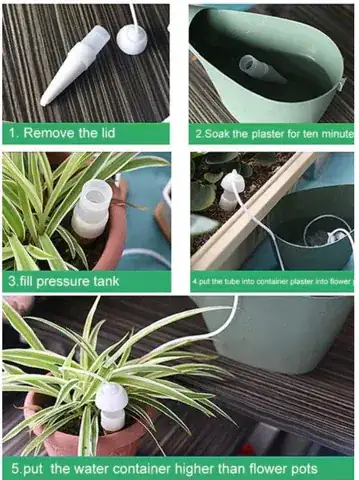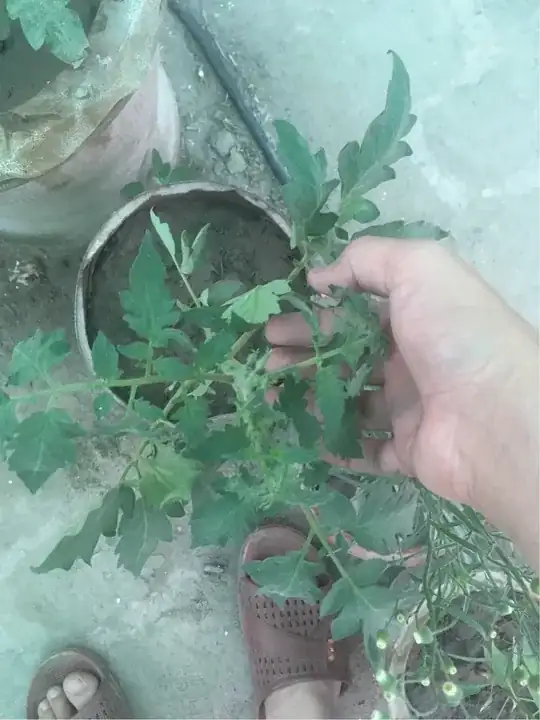We plant all our above-ground plants in containers with reservoirs.
- Either a Dutch ceramic self-watering system that keeps the soil moist but not wet.
- A Reservoir where the soil touches the water (an overflow drain ensures that the level is not too high)
- Deep dishes under the pots so that the soil touches the water.
We haven't had any plants die on use for over-watering. This includes chillies, tomatoes, strawberries, eggplants, okra, capsicums, blackberries, raspberries, lettuce, and houseplants
Self-watering cone

Self-watering planter example

Self-watering Vegepod

Note, links are posted because I got the images from them. I am not associated with any of these, they are just first ones in the search.


